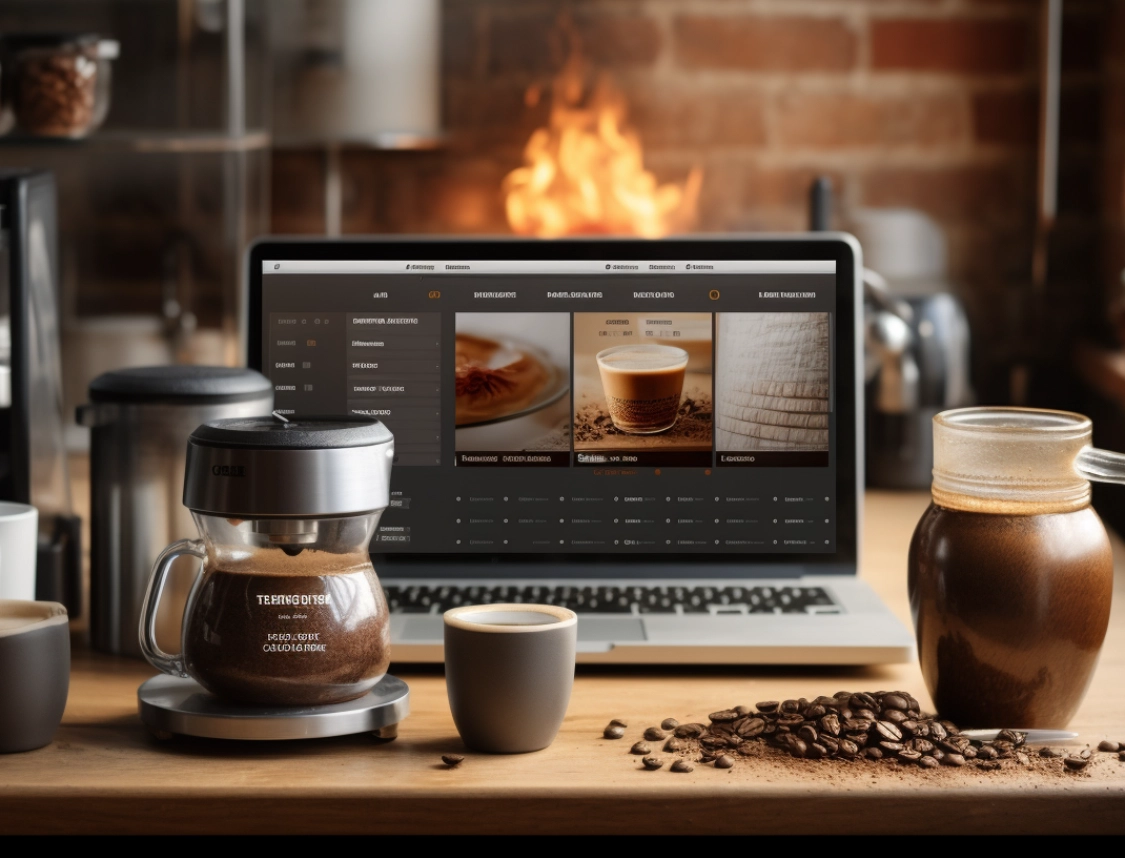Boost Your eCommerce Visuals with AI Product Photography

Product photography plays a crucial role in the success of eCommerce businesses as it greatly impacts sales and conversions. However, traditional manual product photography is expensive and time-consuming. In this blog, we will explore how businesses are leveraging automated Artificial Intelligence (AI)-based solutions to transform their product photography process.
Why AI Product Photography
Product images have a significant influence on online customers' purchasing decisions, with around 83% claiming that product images play a crucial role. However, manual product photography is a complex task that requires enhanced skills and is costly and time-consuming. This is why businesses are turning to AI-based product photography solutions.
The Key Elements of Product Photography
Besides the common sense aspects of ensuring that the photos are clean, clear, and free from any blemishes or imperfections, and that they have good lighting and exposure, there are additional valuable rules to abide by in order to make your product photos sell:
1. Inspiring Contextual Product Imagery.
Images in product photography become truly inspiring when they skillfully depict your product within a relevant context and a realistic setting. The aim here is to go beyond merely showcasing the physical attributes of your product and delve into its utility and relatability. By placing your product within the backdrop of a lifestyle or demonstrating its application in a specific use case, you can effectively convey its value and purpose to potential customers.

2. Framing and Composition.
For simple studio shots, products should be centered on a white background to highlight details.

For more creative and contextual shots, attention should naturally gravitate toward the focal point that highlights the product. Follow lifestyle photography best practices, including the rule of thirds to position subjects. Artists use the rule of thirds to help create well-balanced compositions. The Rule of Thirds is the process of dividing an image into thirds, using two horizontal and two vertical lines. This imaginary grid yields nine segments with four intersection points. When you position the most important elements of your image at these intersections, you produce a much more natural image. It is a conventional technique commonly employed in Hollywood films.

In product photography, it's also helpful to determine where to place the focus of your image, which in this case should be on your product. The goal is to position your product along the lines, ideally at the point where two lines intersect.

3. Right size and resolution.
More than 90% of shoppers view content on a mobile device. Use a mobile-friendly aspect ratio that is either square or vertical (9x16, 4x5, 1x1) to create a more engaging mobile experience. Additionally, if you want to showcase more details of your product (e.g., the textiles of a blanket), the photo must have a resolution of no less than 1K.
Why Kua.ai
Kua.ai provides AI image tools for eCommerce that helps create professional-quality product and lifestyle images. By providing simple and descriptive prompts, users can generate tailored and specific images for their brand. The tool also allows users to upload a single photo and generate endless high-resolution product photos by choosing different background scenes.

Product photo made with Kua.ai, which applies the best practices: contextual, rule of thirds and right size/resolution.

Kua.AI provides an easy-to-use and fast product photography tool that harnesses the power of AI to generate high-quality product images for eCommerce. By leveraging AI-based solutions, businesses can streamline their product photography process, save time and money, and create visually appealing images that attract customers and drive sales.











